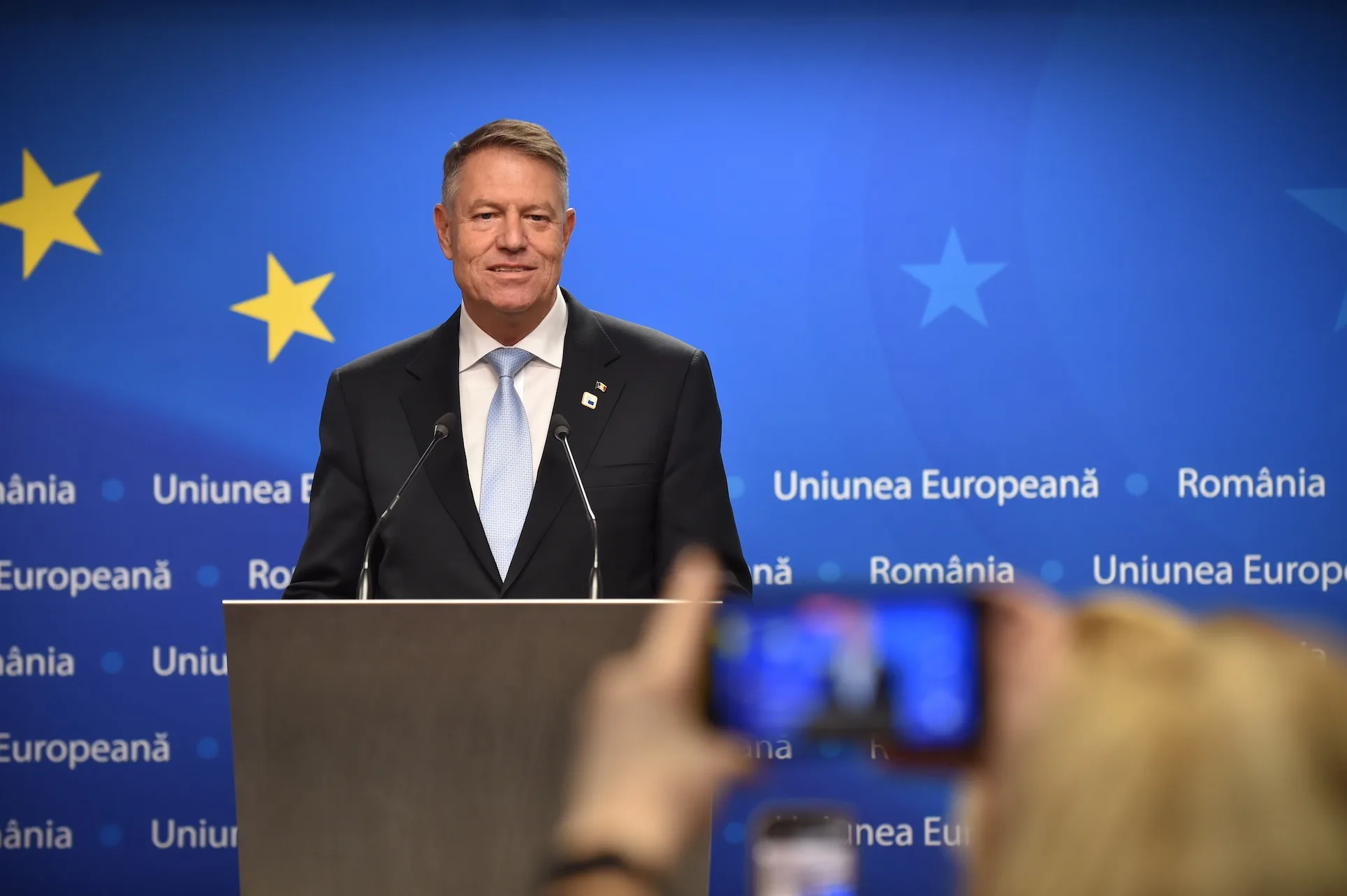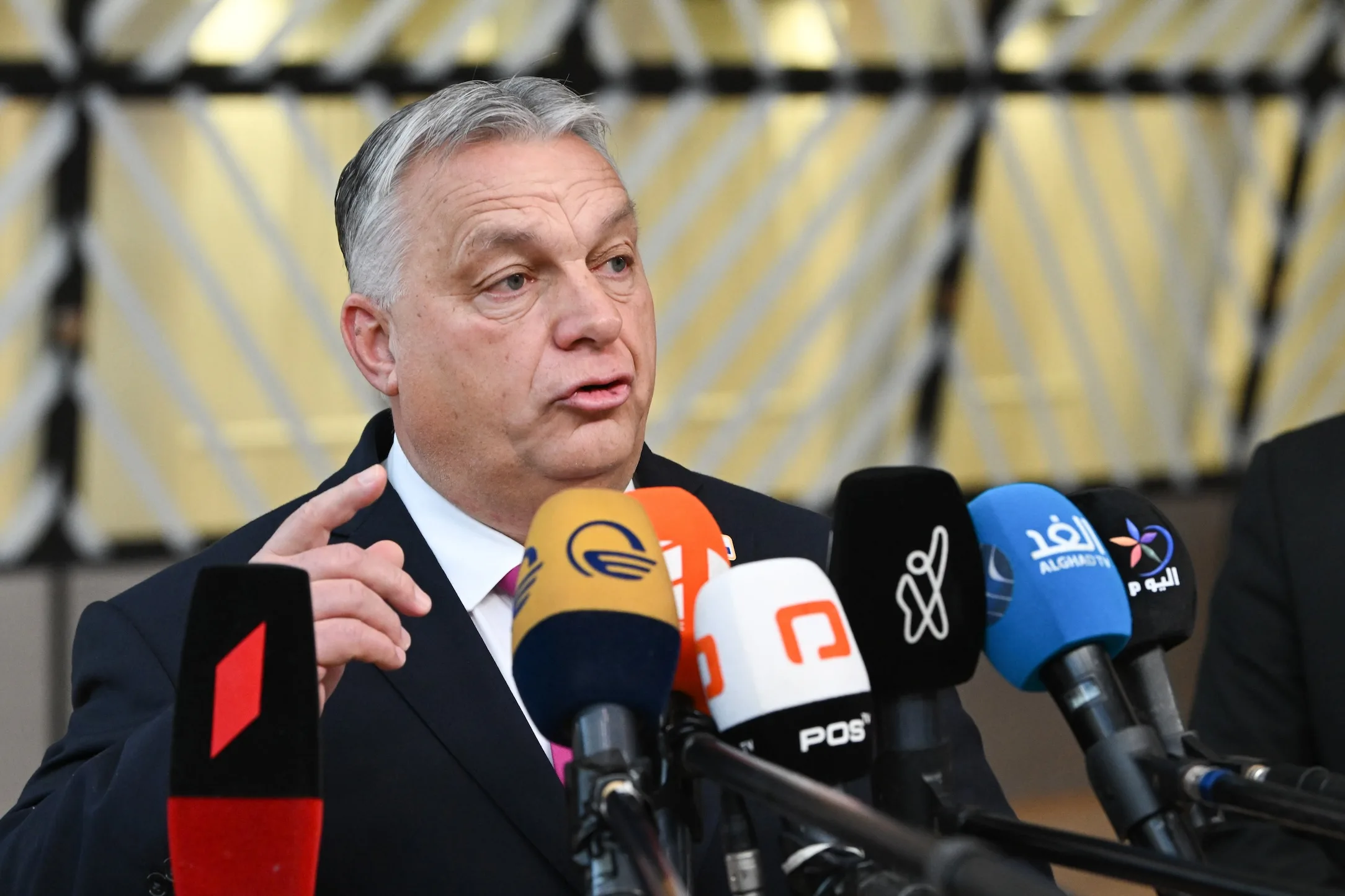Poland may still be more reliant on coal than any other country in the European Union (almost 64 per cent of the country’s electricity was generated by coal in 2023) but its shift towards renewable energy is quickening in pace.
According to the Fraunhofer Society, a German research organisation, renewables generated 26 per cent of Poland’s electricity in 2023, up from 19.3 per cent in 2022. Of this, the largest source was onshore wind, accounting for 14.6 per cent of all electricity generation, but it is solar energy that has seen the highest levels of growth in recent years.
Its share of the country’s energy mix shot up from just 1.3 per cent in 2020 to almost nine per cent in 2023.
It’s no wonder then that investors are increasingly looking to the potential of the country’s solar sector. Estonian firm Sunly, an independent power producer operating in the Baltics and Poland, last week secured 65.9 million euros in senior non-recourse project financing from mBank, for the development of solar parks with a total capacity of 98 MW.
The financing will be used to construct 58 photovoltaic farms, most located in the south of Poland, in the provinces of Małopolska, Opole, Podkarpackie, Silesia, and Świętokrzyskie, although individual installations are also planned for other regions.
A highly attractive market
Sunly has been present in Poland since 2019 when it started cooperation with Alseva, a leading developer and EPC contractor for large-scale PV farms in Poland. The companies merged in 2022 and have been pioneering the development of solar parks in the local market, with a unique in-house capability across the entire life cycle of its projects, including development, design, construction, maintenance, and asset management.
Last year, the firm launched a 60 MW solar park in Rzezawa, near Kraków—one of the largest solar farms in Poland.
“From the outset, Poland has been a highly attractive market for us,” says Priit Lepasepp, founder and CEO of Sunly.
“It’s already the second-largest renewables market in the European Union, with significant growth potential. Industry forecasts suggest that within the next three years, installed capacity is expected to double, and Sunly aims to contribute substantially to this growth.
“In the coming years, we plan to build solar farms and wind power plants together with battery storage in Poland and the Baltics with a total capacity of 4.6 GW.”
During its last capital raise—completed in 2023—Sunly secured approximately 200 million euros from its existing investors, the French fund Mirova, and from the European Bank for Reconstruction and Development (EBRD), to develop and construct solar and wind parks in Estonia, Latvia, Lithuania, and Poland.
Earlier in February, Vortex Energy initiated construction on a portfolio of projects comprising 53 MW of onshore wind and 57 MW of PV solar, total investment worth more than 100 million euros. In November, Polish firm R.Power—in which the EBRD last year invested 80 million US dollars—acquired 91 MW of solar projects, most of which are shovel-ready, from EOS, a joint-venture controlled by European solar developer Cero Generation, part of Macquarie’s Green Investment Group.
Nexun, a pan-European solar platform, meanwhile has a co-development agreement in place with a provider in Poland for a 206 MW pipeline of 16 medium-sized projects. Even Orlen, Poland’s state-owned oil giant, has got into the act, last year signing a deal to buy a 301 MW wind and solar portfolio from EDP Renewables for around 500 million euros.
No coal exit date—yet
The dash for the sun is understandable. Poland has yet to commit to a date for entirely phasing out coal but according to Beyond Fossil Fuels, an NGO which supports civil society groups working to end the use of fossil fuels across the European Union, the Western Balkans, Turkey, the UK, Norway, Switzerland, Moldova and Ukraine, the country’s coal industry is in a dire state, with its utilities losing approximately 50 per cent of their share price over the past five years.
However, a change in government in October 2023 ended eight years of rule by the Law and Justice party (PiS), which had agreed a deal with Poland’s miners to continue mining coal until 2049 and which had opposed much EU-wide climate change legislation. The PiS government went so far as to take the EU to court last year in an attempt to cancel several climate policies, including a 2035 ban on new CO2-emitting cars.
Last month, the country’s new Secretary of State for Climate Urszula Zielińska said that the country was now considering a date for the final phase out of coal. “Only with an end date we can plan and only with an end date industry can plan, people can plan,” she said.
Coal is no longer viable
In November, a Polish think tank, Forum Energii, said in a report that Poland must eliminate coal from power generation by 2035 as producing electricity from the fuel will not be economically viable, endangering energy security.
In January meanwhile, another Warsaw-based think tank, Instrat, claimed that a 68 per cent CO2 reduction by 2040 was ambitious, but feasible.
In this scenario, 84 per cent of domestic electricity demand would be satisfied by renewable energy sources. Polish solar is on the up, and there’s much more room to grow. No wonder investors are embracing the sun.







